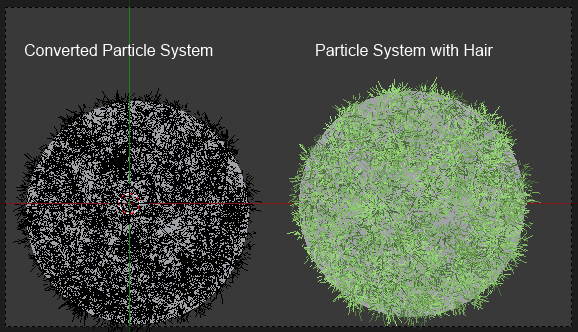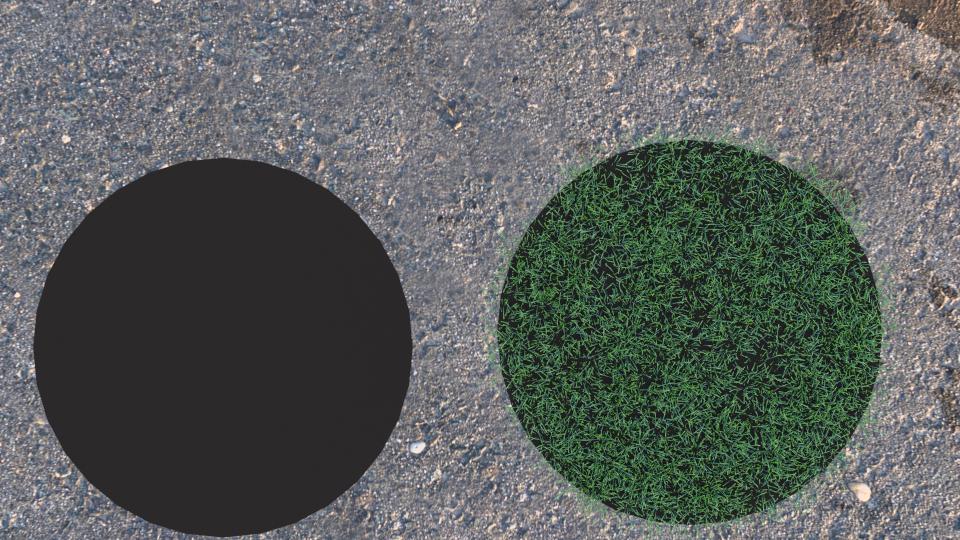Thinking about your issue, I believe that the question is actually a different one: You try to go this way because you plan to optimize the memory usage of Cycles when rendering hair. Now the good news is that converting your hair patch to a mesh is actually unneccessary in this case. Blenders hair system allows you not only to create hair strands, but also to distribute other objects (as you know) and groups over the surface. If you turn your initial hair patch into a group, you can spread that as an instance over the target mesh, keeping the whole look of it intact.
Step 1: Create the group using Ctrl+G and give it a decent name (i chose hairPatch).


Step 2: Create another hair particle system on the target mesh and select the group to be duplicated:

At this point you'll see a glitch: you can see the base mesh from which you emitted your hair system from distributed across, but the grass blades are all in the center of the mesh. Luckily, this is only happening in the viewport, when you render they distribute fine. The last thing you need to do is orient and scale the blade patch correctly. Blender emits by default the instance along the Y-Axis. If you change the particle system to "advanced", you can set the emission velocities manually. The higher the velocity the larger the instance. By default there is a velocity set on the "Normal" value. If you use the "Tangent" value instead, the emission happens in Z axis direction. For scaling in my scene these values worked:

notice that the rendering starts almost immediately, which is a sign that really only one instance of the grass patch is exported to cycles. The memory report in the viewport from my point of view cannot be used as a reference unfortunately. For me it reported LESS memory used when rendering the complete scene than it did for just rendering the single grass patch, which cannot be the case. Anyways, this is the final image (I know, it's a masterpiece):










